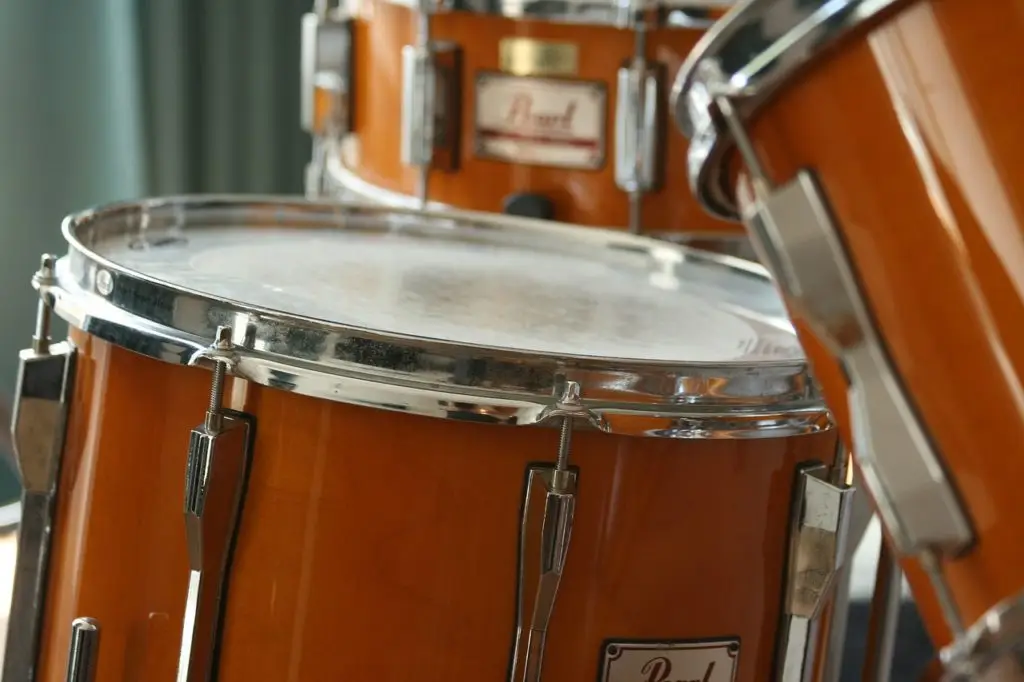
Drums
The drums, a primal and rhythmic instrument, have been an integral part of human expression for centuries. With roots dating back to ancient civilizations and cultures worldwide, drums have played a crucial role in ceremonies, celebrations, and communication. The basic design of drums consists of a hollow shell, typically made of wood or metal, covered with a stretched membrane or drumhead. The drumhead is struck with hands, sticks, or mallets, producing percussive sounds that form the heartbeat of countless musical traditions.
Drums are a cornerstone of various musical genres, providing the rhythmic backbone that propels the music forward. In contemporary music, the drum set, a combination of different drums and cymbals, is a central component of rock, pop, jazz, and many other styles. Drummers, such as John Bonham of Led Zeppelin or Buddy Rich in jazz, have become iconic figures, showcasing the expressive and dynamic possibilities of the instrument. Beyond the drum set, traditional hand drums like the djembe, conga, and tabla continue to play pivotal roles in world music, adding cultural authenticity and rhythmic diversity to global soundscapes.
The drums hold a unique power to evoke emotions, energize audiences, and synchronize musical ensembles. Drum circles and percussion-based events have emerged as community-building activities, emphasizing the communal and therapeutic aspects of drumming. The universal appeal of drums transcends cultural boundaries, making them a symbol of unity and celebration. Whether driving a rock concert’s intensity, enhancing the complexity of a jazz ensemble, or providing the heartbeat of a tribal ritual, the drums remain a timeless and elemental force in the diverse world of music.
To book your first lesson, submit a Contact Form by clicking the link below
